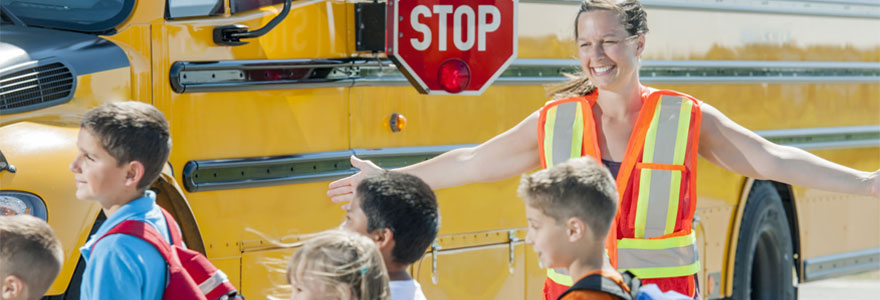News and Updates
Contact
Faculty of Social Science
Social Science Centre
Room 9438
Western University
T. 519-661-2053
F. 519-661-3868
E. social-science@uwo.ca
Moving the needle on active transportation
February 03, 2020
What is the most effective way to change the way people move to school?
With the support of a $1-million grant, the Human Environments Analysis Laboratory (HEAL) will investigate the effectiveness of methods to change people’s attitudes and promote more active and sustainable models of transportation to and from school.
HEAL will be working with Active & Safe Routes to School (ASRTS), a community partnership made up of organizations through Elgin, Middlesex, and Oxford counties, as well as London and St. Thomas.
Through the partnership, HEAL will measure the implementation and impact of School Travel Planning for 12 London-area schools. Through the use of STP, schools try to encourage active transportation to and from school such as walking or biking, or use of the school bus instead of private automobiles, based on the specific needs and situation of the school. School interventions may include adding or changing sidewalks and crosswalks around schools, putting signs up or other education campaigns in and around the school. STP was originally created by Green Communities Canada, which developed a manual and toolkit.
“The project is about changing the attitudes and perceptions of transportation to school,” said Jason Gilliland, Director of HEAL, and professor in the Department of Geography.
Reducing the use of cars for transportation to school has many benefits, said Gilliland. “Fewer cars can reduce air pollution and create positive health outcomes. It can also help break a feedback loop. If people think it is unsafe to walk because there are too many cars or too much traffic, they are more likely to drive and further contribute to the problem.”
“All the research over the past 15 years shows it is safer to walk to school than take motorized transportation,” said Gilliland “If you walk you are less likely to be involved in a motor vehicle collision, and you are exposed to less pollution than even those who take the bus.”
The experiment will track to see how people travelled to and from school, as well as measure attitudes toward transportation methods. Through the collection of data, Gilliland hopes the group can isolate which factors are best for changing transportation methods, as well as identifying those that do not perform as well, and how they can overcome those challenges.
Through the use of accelerometers and GPS, HEAL will also see if there is a change in the physical activity level of students who switch to active models of travel.
Finally, HEAL will be putting up pollution monitors around schools to see if there is a change in fine particulate levels.
“Let’s face it, we’re in a climate crisis. Kids are more susceptible to the effects of pollution, and particulates from cars harm kids more than adults. Walking is the most accessible form of physical activity,” said Gilliland.
“Despite this, the proportion of kids who walk or bike to school is declining. This is happening across North America. Increasing active transportation has an impact on overall health as well as cognitive and social development.”
HEAL was also recently recognized for its efforts to promote active transportation, receiving as special commendation in the 2019 IHDCYH Talks competition for the video Go Green Travel Clean: Using child voices and drawings to encourage clean and active school travel modes among primary school children.

